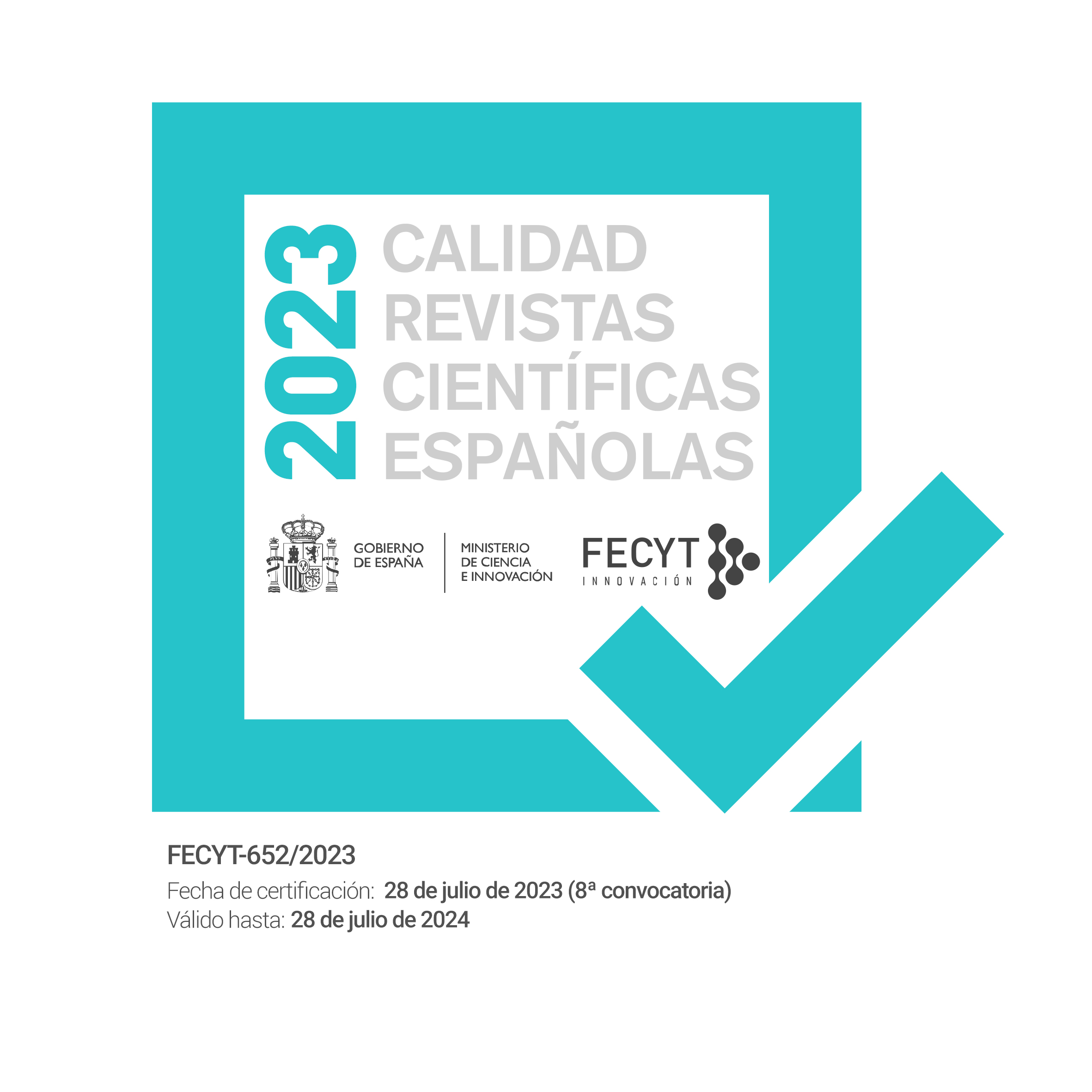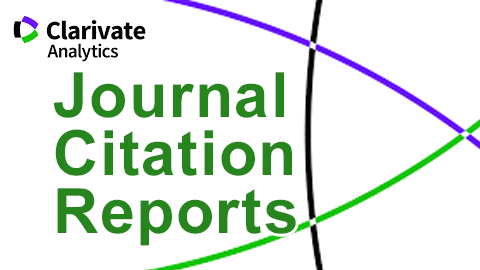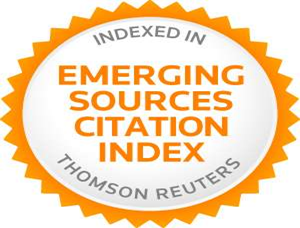Do Video LOs Develop Digital Competence in CLIL Teacher Training?
Resumen
Abstract
Although some studies have been carried out on the use of technology in the classroom to facilitate the acquisition of competences (Vinagre, 2016), results that ratify the acquisition of the digital competence or DigComp in higher education according to the report for the development of basic competences for lifelong learning (EC, 2007) with virtual Learning Objects following a CLIL approach (De Graaf, Koopman & Westhoff, 2007) are still scarce. This project investigates if student teachers acquire the DigComp (INTEF, 2013) through the use of video as an appropriate Learning Object according to a specific taxonomy (Wiley, 2002). The results of the study will provide the necessary empirical data required for a more detailed proposal for adequacy.
Keywords: virtual objects; video; digital competence; student teachers; CLIL.
Resumen
Si bien se han realizado algunos estudios sobre el uso de la tecnología en el aula para facilitar la adquisición de competencias (Vinagre, 2016), son aún escasos los estudios que ratifican la adquisición de la competencia digital en la formación del profesorado según el informe para el desarrollo de competencias básicas para el aprendizaje (EC, 2007) con objetos virtuales de aprendizaje siguiendo un enfoque AICLE (De Graaf, Koopman & Westhoff, 2007). Este proyecto investiga la adquisición de la citada competencia según INTEF (2013) a través de la utilización del vídeo como objeto de aprendizaje apropiado siguiendo una taxonomía específica (Wiley, 2002). El estudio trata de evaluar los resultados obtenidos a fin de proponer nuevas propuestas de adecuación.
Palabras clave: objeto de aprendizaje; video; competencia digital; formación del profesorado; AICLE.
Citas
Abendroth, M., Golzy, J. B. & O'Connor, E. A. (2011). Self-created Youtube recordings of microteachings: Their effects upon candidates' readiness for teaching and instructors' assessment. Journal of Educational Technology Systems, 40 (2), 141–159.
Allen, D. & Eve, A. W. (1968). Microteaching. Reading, MA: Addison Wesley.
Blehch, A. (2014). The impact of WhatsApp mobile social learning on the achievement and attitudes of female students compared with face to face learning in the classroom. European Scientific Journal, 10(22), 116-136.
Bueno Alastuey, C. & García Esteban, S. (2016). Telecollaboration to improve CLIL and TPACK Knowledge: aid or hindrance? Estudios Sobre Educación (ESE), 31, 117-138. doi: 10.15581/004.31.117-138
Cabero, J. (2004). Reflexiones sobre las tecnologías como instrumentos culturales. In F. Martínez & M. Prendes. (Coord.), Nuevas tecnologías y educación (pp. 15-19). Madrid: Pearson.
Cabero, J., Marín, V. & Barroso, J. (2015). Valoraciónes universitarias de las herramientas 2.0. Eduweb, 9(1), 15-26.
Dahl, O. & Nygaard K. (1966). An ALGOL-based Simulation Language. CACM, 9(9), 671-678.
Damari, R. (2017). Video learning objects, national foreign language center. Maryland: University of Maryland. Retrieved from http://www.nflc.umd.edu/projects/language/VLO.pdf.
De Graaff, H. C. J., Koopman, G. J. & Westhoff, G. J. (2007). Identifying effective L2 pedagogy in content and language integrated learning (CLIL). Vienna English Working Papers, 16, 3-17.
Duffy, P. (2008). Engaging the YouTube google-eyed generation: Strategies for using web 2.0. Teaching and Learning. The Electronic Journal of e-Learning, 6(2), 119 – 130.
European Commission (2007). Key competences for lifelong learning. European framework of reference. Luxembourg: European Commission.
European Union (2010). New skills for new jobs: Action now. Retrieved from http://ec.europa.eu/social/main.jsp?catId=568&langId=en&eventsId=232&furtherEvents=yes
García Aretio, L. (2005). Objetos de aprendizaje: características y repositorios. BENED. Retrieved from http://www.tecnoeducativos.com/descargas/objetos_virtuales_deparedizaje.pdf.
Gibbons, A. S., Nelson, J., & Richards, R. (2000). The nature and origin of instructional objects. In D. A. Wiley (Ed.), The Instructional Use of Learning Objects. Bloomington, IN: Association for Educational Communications and Technology.
González-Lloret, M. (2013). Technologies for performance-based assessment. Competency-based language teaching in Higher Education, Amsterdam: Springer, 16, 169-184.
González J. & Wagenaar, R. (2003). Tuning educational structures in Europe. Pilot Project phase I. Bilbao: Universidad de Deusto and Universidad de Groningen.
He, C. & Yan, C. (2011). Exploring authenticity of microteaching in pre-service teacher education programmes. Teaching Education, 22(3), 291-302.
Hodgins, W. (2000). The future of learning objects. The instructional use of learning objects, online version 6. Retrieved from http://reusability.org/read/chapters/hodgins.doc.
Hooper, S. & Rieber, L. P. (1995). Teaching with technology. In A. C. Ornstein (Ed.), Teaching: Theory into practice (pp. 154-170). Needham Heights, MA: Allyn and Bacon.
INTEF (2013). Marco común de competencia digital docente. Ministerio de Educación de Educación Cultura y Deporte de España. Retrieved from http://educalab.es/documents/10180/12809/MarcoComunCompeDigiDoceV2.pdf.
Jacobsen, P. (2002). Reusable learning objects – What does the future hold? E- learning magazine, Educational Technology: An Encyclopedia. Santa Barbara: ABC-CLIO. Retrieved from http://wiley.ed.usu.edu/docs/encyc.pdf.
Learning Technology Standards Committee (2002). Draft Standard for Learning Object Metadata. IEEE Standard 1484.12.1. New York: Institute of Electrical and Electronics Engineers.
Merrill, M. D. (1999). Instructional design based on knowledge objects. In C. M. Reigeluth (Ed.), Instructional Design Theories and Models: A New Paradigm of Instructional Theory, Volume II (pp. 397-424). Mahwah, NJ: Lawrence Erlbaum Associates.
OECD (2005). The definition and selection of key competencies. Executive summary. DeSeCo Project. Retrieved from http://www.oecd.org/definitionandselectionofcompetenciesdeseco.html.
Oxenden, C. & Latham-Koenig, C. (2012). New English File: Intermediate Plus Student’s Book (special edition). Oxford: Oxford University Press.
OECD (2010). PISA 2012 Field Trial Problem Solving Framework. Paris: OECD.
OpenLearn (The Open University) (2011). The History of English in 10 Minutes, Retrieved from https://www.youtube.com/watch?v=r9Tfbeqyu2U&list=PLA03075BAD88B909E.
Pennock-Speck, B. (2013). Teaching competences through ICTs in an English degree programme in a Spanish setting. In M. Pérez Cañado (Ed.), Competency-based Language Teaching in Higher Education (pp. 107-118). Dordrecht: Springer.
Parselis, M. (2007). Del producto audiovisual al objeto audiovisual: los recursos audiovisuales integrados a las tendencias de Internet. Instituto de Comunicación Social, Periodismo y Publicidad. Retrieved from http://bibliotecadigital.uca.edu.ar/greenstone/cgi-bin/library.cgi?a=d&c=investigacion&d=producto-audiovisual-objetoaudiovisualparselis.pdf.
Prensky, M. (2011). Digital Natives, Digital Immigrants. On the Horizon 9(5). MCB University Press.
Preston, C. C. & Colman, A. M. (2000). Optimal number of response categories in rating scales: Reliability, validity, discriminating power, and respondent preferences. Acta Psychologica, 104, 1-15.
Rábano, M. (2015). Hacia las competencias profesionales (CC y CI) mediante la enseñanza reflexiva. In M. Rábano Llamas & S. García Esteban (Eds.). Inglés para el grado en Magisterio. Aspectos básicos, propuestas y actividades (pp. 71-80). Alcalá: Universidad de Alcalá, Servicio de Publicaciones.
Reigeluth, C. M. (1999). What is instructional design theory and how is it changing? In C. M. Reigeluth (Ed.). Instructional Design Theories and Models: A New Paradigm of Instructional theory (pp. 5-29). Hillsdale, NJ: Lawrence Erlbaum Associates.
Tammaro, R. & D'Alessio, A. (2016). Teacher training and digital competence: A pedagogical recommendation. IJDLDC, 7(2), 1-10.
Urdan, T. A. & Weggen, C. C. (2000). Corporate e-learning: Exploring a new frontier. Retrieved from http://wrhambrecht.com/research/coverage/elearning/ir/ir_explore.pdf.
Van Merriënboer, J. J. G. (1997). Training complex cognitive skills: A four-component instructional design model for technical training. Englewood Cliffs, NJ: Educational Technology Publications.
Villa, A. & Poblete, M. (Eds.). (2008). Competence-based Learning. A Proposal for the Assessment of Generic Competences. Bilbao: Universidad de Deusto.
Vinagre, M. (2016). Developing key competences for life-long learning through virtual collaboration: Teaching ICT in English as a medium of instruction. In C. Wang, & L. Winstead (Eds.), Handbook of Research on Foreign Language Education in the Digital Age (pp. 170-187). Hershey, PA: Information Science Reference.
Vuorikari, R., Punie, Y., Carretero Gómez, S. & Van den Brande, G. (2016). DigComp 2.0: The digital competence framework for citizens. Update Phase 1: The Conceptual Reference Model. Retrieved from: Luxembourg Publication Office of the European Union. doi:10.2791/11517.
Vygotsky, L. S. (1978). Mind in Society: The Development of Higher Psychological Processes. Cambridge, Mass.: Harvard University Press.
Westhoff, G. J. (2004). The art of playing a pinball machine. Characteristics of effective SLA-tasks. Babylonia, 12(3), 52-57.
Wiley, D. A. (2002). Connecting learning objects to instructional design theory: A definition, a metaphor, and a taxonomy. In D. A. Wiley (Ed.), The Instructional Use of Learning Objects: online version. Retrieved from http://reusability.org/read/chapters/wiley.doc
Descargas
Publicado
Número
Sección
Licencia
Reconocimiento – No comercial (CC BY-NC). Bajo esta licencia el usuario puede copiar, distribuir y exhibir públicamente la obra y puede crear obras derivadas siempre y cuando estas nuevas creaciones reconozcan la autoría de la obra original y no sean utilizadas de manera comercial.
Los autores retienen todos sus derechos de publicación y copyright sin restricciones.









